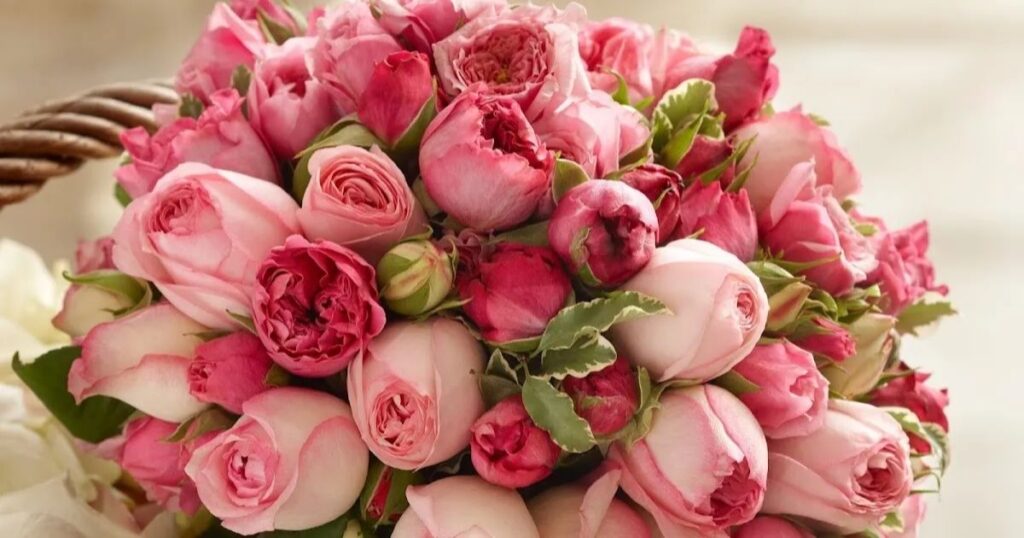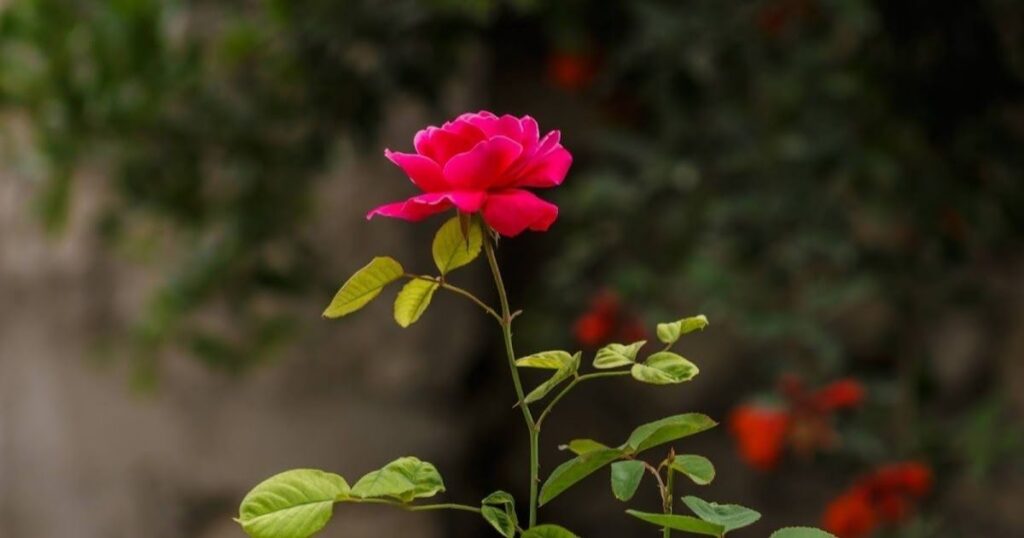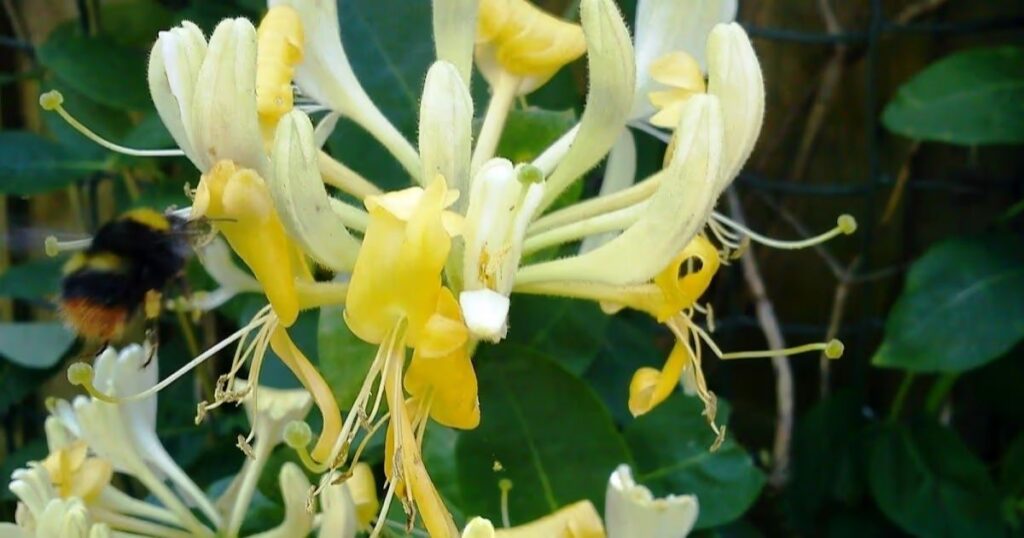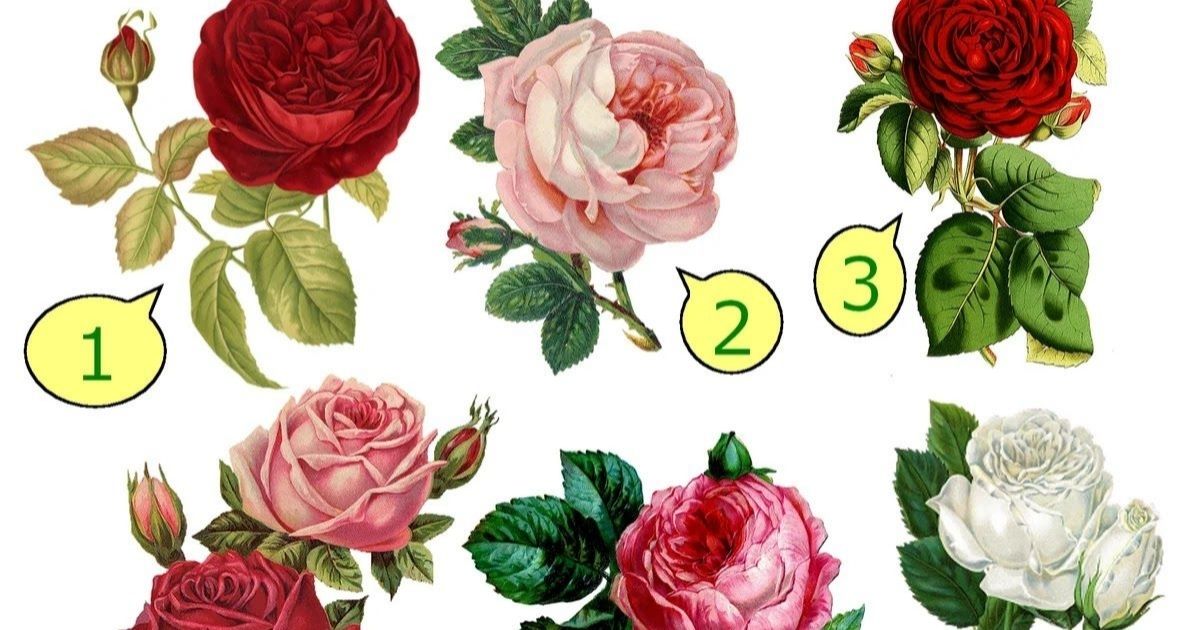June Birth Month Flower: Rose
June is a month that celebrates the arrival of summer, with its warm days and blossoming flowers. Among the many floral beauties that grace this vibrant season, the rose stands out as the primary June birth month flower. With its rich history, captivating symbolism, and timeless elegance, the rose has long been revered as a symbol of love, beauty, and sweetness.
How do I find my Birth Month Flower?
Every month is associated with a distinct birth flower, each carrying its unique meaning and symbolism. To find your birth month flower, simply consult a birth flower chart or calendar. These resources typically list the designated flower for each month, along with its significance and cultural relevance. Knowing your birth month flower can be a meaningful way to connect with nature’s beauty and explore the symbolic associations tied to your birthday.
What Do June Birth Flowers Say About Your Personality?
The roses and honeysuckle, which are the June birth flowers, are believed to reflect the personalities and traits of those born in this month. Roses symbolize love, passion, and beauty, suggesting that June babies possess a warm, affectionate, and charming nature. On the other hand, honeysuckle represents constancy, devotion, and persistence, indicating that those born in June are loyal, determined, and resilient individuals.
Does June have two birth month flowers?
Yes, June is one of the few months that celebrates two distinct birth flowers: the rose and the honeysuckle. While the rose reigns as the primary June birth flower, the honeysuckle is recognized as a secondary or alternative option, adding depth and variety to the floral symbolism associated with this month.
Why Are There Two Birth Flowers in June?

The existence of two birth flowers for June can be attributed to the rich cultural heritage and diverse traditions surrounding floral symbolism. Different regions, cultures, and belief systems may have embraced different flowers as representations of June, leading to the inclusion of both the rose and the honeysuckle as birth flowers for this month.
June Primary Birth Flower: Rose (Rosa)
The rose, with its timeless beauty and intoxicating fragrance, has long been revered as the primary June birth flower. Belonging to the Rosa genus, this beloved bloom comes in a stunning array of colors, each carrying its symbolic meaning. From the classic red rose, symbolizing love and passion, to the white rose, representing purity and innocence, the rose has captured the hearts and imaginations of people across cultures and eras.
Also read this post:Ruining Your Outdoor Activities
June Secondary Birth Flower: Honeysuckle (Lonicera)
While the rose takes center stage as the primary June birth flower, the honeysuckle (Lonicera) serves as a delightful secondary option. This fragrant vine, with its delicate clusters of tubular blossoms, adds a touch of sweetness and whimsy to the floral symbolism of June. The honeysuckle’s rich aroma and charming appearance make it a popular choice for gardens and floral arrangements, complementing the rose’s grandeur with its unique allure.
The Rose
The rose is a true horticultural marvel, with a history and symbolism that spans centuries and cultures. From ancient civilizations to modern times, the rose has been celebrated for its beauty, fragrance, and symbolic significance.
Rose Meanings and Symbolism
Roses have long been associated with love, romance, and passion. In ancient Greek mythology, the rose was linked to the goddess of love, Aphrodite, further solidifying its romantic connotations. The vibrant red hue of many rose varieties symbolizes deep love and desire, making them a popular choice for expressing romantic sentiments.
Beyond love, roses can also represent beauty, grace, and appreciation. Giving a rose is often seen as a gesture of admiration and respect, acknowledging the recipient’s inner and outer beauty. Different rose colors carry their symbolic meanings, with white roses representing purity, yellow roses signifying friendship, and pink roses conveying gratitude and appreciation.
Roses in History
The rose has played a significant role throughout human history, captivating cultures across the globe. In ancient Egypt, roses were depicted in tomb paintings and were believed to have healing properties. The ancient Romans associated roses with their goddess of love, Venus, and used rose petals to decorate floors and fountains during celebrations.
During the 15th century, the rose became a prominent symbol in the Wars of the Roses, a series of civil wars fought between the Houses of Lancaster and York for control of the English throne. The red rose represented the House of Lancaster, while the white rose symbolized the House of York, solidifying the rose’s significance in English history and heraldry.
Roses in the Garden

Cultivating roses in the garden is a beloved pastime for many enthusiasts and hobbyists. Roses require ample sunlight, well-draining soil, and regular pruning to thrive. With their diverse color palette, ranging from deep reds to delicate pastels, roses can add vibrant splashes of color to any garden landscape. Additionally, many rose varieties are prized for their intoxicating fragrances, which can fill the air with their sweet perfume.
The Honeysuckle
The honeysuckle, a delicate and fragrant vine, holds a special place in the floral kingdom and serves as a delightful secondary June birth flower. Its clusters of tubular blossoms, often in shades of white, yellow, or pink, exude a sweet and intoxicating aroma that is truly captivating.
Honeysuckle Meanings and Symbolism
Beyond its enchanting beauty, the honeysuckle carries a rich symbolic meaning. It is often associated with concepts of constancy, devotion, and everlasting love. In many cultures, the honeysuckle is seen as a symbol of enduring affection and unwavering loyalty, making it a popular choice for expressing deep and lasting bonds.
The honeysuckle also represents sweetness, joy, and happiness. Its delightful fragrance and cheerful blooms are believed to bring a sense of contentment and positivity, making it an ideal addition to gardens and floral arrangements intended to uplift the spirits.
Honeysuckle in History
The honeysuckle has been a part of human history for centuries, with references to its symbolism and uses found in various cultures and traditions. In ancient China, the honeysuckle was revered for its medicinal properties and was used in traditional remedies. In Celtic mythology, the honeysuckle was associated with the concept of sacred space and was believed to have protective qualities.
During the Victorian era, the language of flowers was widely embraced, and the honeysuckle took on the meaning of “devoted affection.” Victorians often incorporated honeysuckle into their gardens and floral arrangements as a way to convey their deep feelings and romantic sentiments.
Honeysuckle in the Garden

Honeysuckle vines are a delightful addition to any garden, offering both visual beauty and a heavenly fragrance. These hardy climbers can be trained to grow over arbors, trellises, or fences, creating a stunning floral display. Many gardeners appreciate the low-maintenance nature of honeysuckle, as it is relatively easy to care for and can thrive in various soil types and conditions.
Rose: A symbol of all that is love, sweetness, and beauty
The rose, as the primary June birth flower, is a true embodiment of love, sweetness, and beauty. Its captivating petals, enchanting fragrance, and rich symbolism have made it a beloved choice for expressing affection, celebrating milestones, and adorning gardens worldwide.
Throughout history, the rose has been revered as a symbol of romantic love, with its vibrant red hue often representing the depths of passion and desire. Giving a rose to someone special is a timeless gesture that conveys heartfelt emotions and admiration.
Beyond its romantic connotations, the rose also represents beauty, grace, and elegance. Its delicate petals and alluring scents that have inspired artists, poets, and writers for centuries, capturing the essence of nature’s exquisite creations.
Honeysuckle: A symbol of constancy and second chances
The honeysuckle, as the secondary June birth flower, holds a symbolic meaning that resonates with the concepts of constancy, devotion, and second chances. Its presence as an alternative to the rose signifies the depth and versatility of the floral symbolism associated with June.
The honeysuckle’s symbolism of constancy and unwavering affection makes it a fitting representation of the enduring bonds that are celebrated during this month. Its delicate blossoms serve as a reminder of the importance of loyalty, perseverance, and steadfastness in relationships and personal endeavors
Incorporating the rose and honeysuckle into your family’s life
by Celebrating June’s birth flowers, the rose and honeysuckle can be a beautiful way to incorporate their symbolism and beauty into your family’s life. Here are some ideas to help you embrace these blooms:
- Birthdays and Anniversaries: For June birthdays or anniversaries, consider gifting a bouquet of roses or a potted honeysuckle plant. These floral offerings will not only add beauty to the celebration but also serve as a reminder of the love, devotion, and sweetness that these flowers represent.
- Garden Decor: Create a dedicated section in your garden for June’s birth flowers. Plant rose bushes in a variety of colors or train honeysuckle vines along trellises or arbors. This living floral display will be a constant source of joy and a reminder of the symbolic meanings associated with these blooms.
- Home Decor: Incorporate rose and honeysuckle motifs into your home decor. From wallpapers and fabrics to artwork and decorative items, these floral patterns can add a touch of elegance and charm to your living spaces.
- Crafting and DIY Projects: Engage in crafting activities with your family, using roses and honeysuckle as inspiration. Create pressed flower art, potpourri sachets, or even homemade soap infused with rose or honeysuckle essential oils. These projects can be both enjoyable and meaningful.
- Floral Aromatherapy: Appreciate the captivating fragrances of June’s birth flowers through aromatherapy. Place fresh rose petals or honeysuckle blooms in a diffuser or create your natural room sprays to fill your home with their delightful scents.
- Romantic Gestures: For romantic occasions, surprise your significant other with a bouquet of red roses or a romantic picnic setting adorned with honeysuckle vines. These thoughtful gestures will convey your love and devotion, aligning with the symbolic meanings of these flowers.
- Culinary Delights: Incorporate rose petals or honeysuckle into your culinary creations. From rose-infused teas and desserts to honeysuckle-flavored cocktails or syrups, these floral additions can add a unique and delightful twist to your dishes and drinks.
By incorporating June’s birth flowers into various aspects of your family’s life, you can celebrate their beauty, symbolism, and the values they represent. These floral tributes will create lasting memories and serve as reminders of the love, sweetness, and constancy that are often associated with June.
FAQ,s:
What is the flower of June?
The primary flower of June is the rose, which symbolizes love, beauty, and sweetness. The honeysuckle is also recognized as the secondary or alternative birth flower for June.
Why does June have two birth flowers?
June is one of the few months that celebrates two distinct birth flowers due to different cultural traditions and regional variations in floral symbolism. The rose and honeysuckle were both embraced as representations of the month, each carrying its unique meaning.
What is June’s birth flower tattoo?
A popular choice for a June birth flower tattoo is a delicate rose design, often accompanied by intricate details like vines or thorns. Alternatively, some prefer to combine the rose with the honeysuckle vine, creating a visually striking and symbolic tattoo.
What is a Gemini flower?
For those born under the Gemini zodiac sign (May 21 – June 20), the birth flower is typically considered to be the rose or the honeysuckle, aligning with the June birth flowers. These blooms are thought to represent the twin personalities and duality associated with the Gemini sign.











